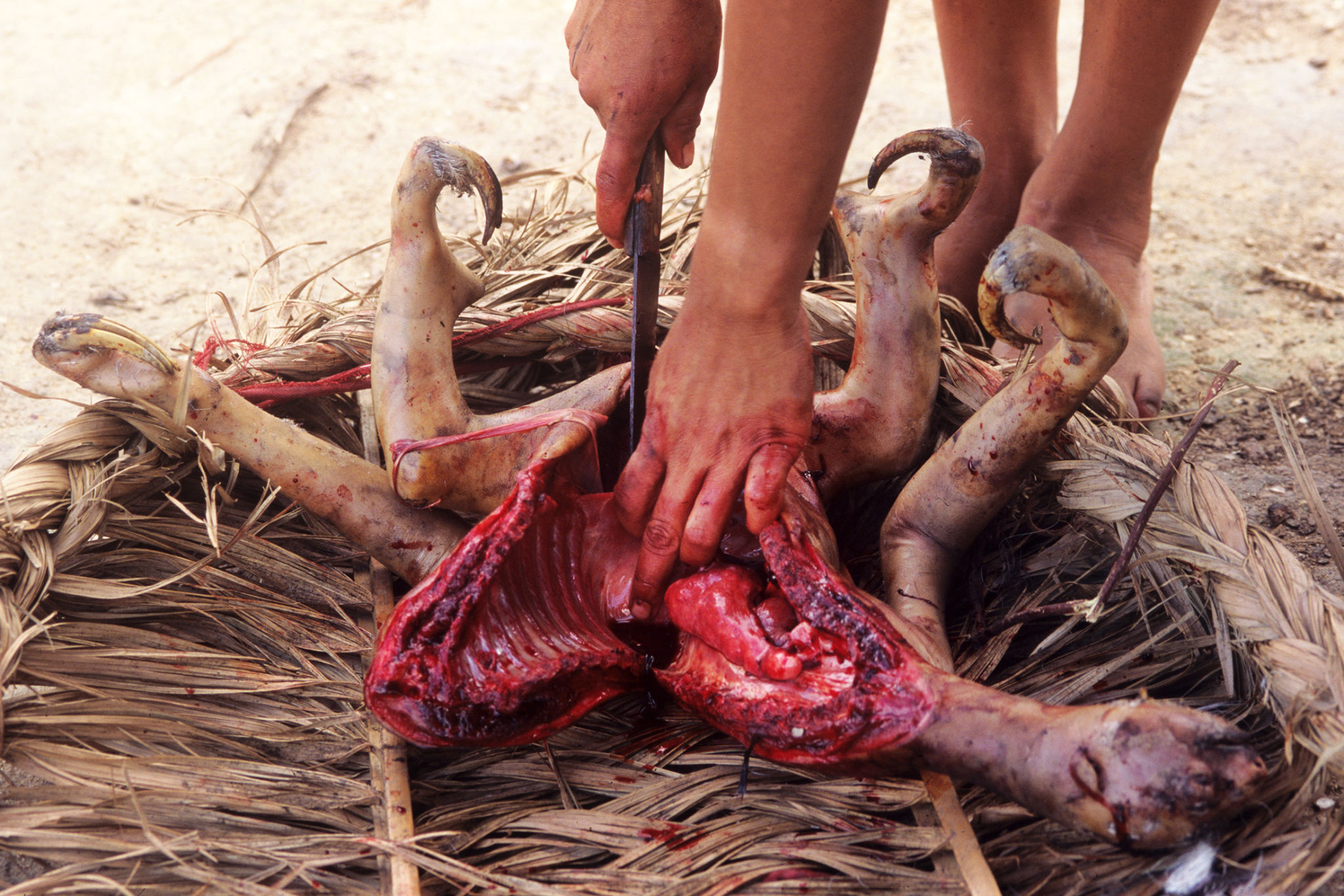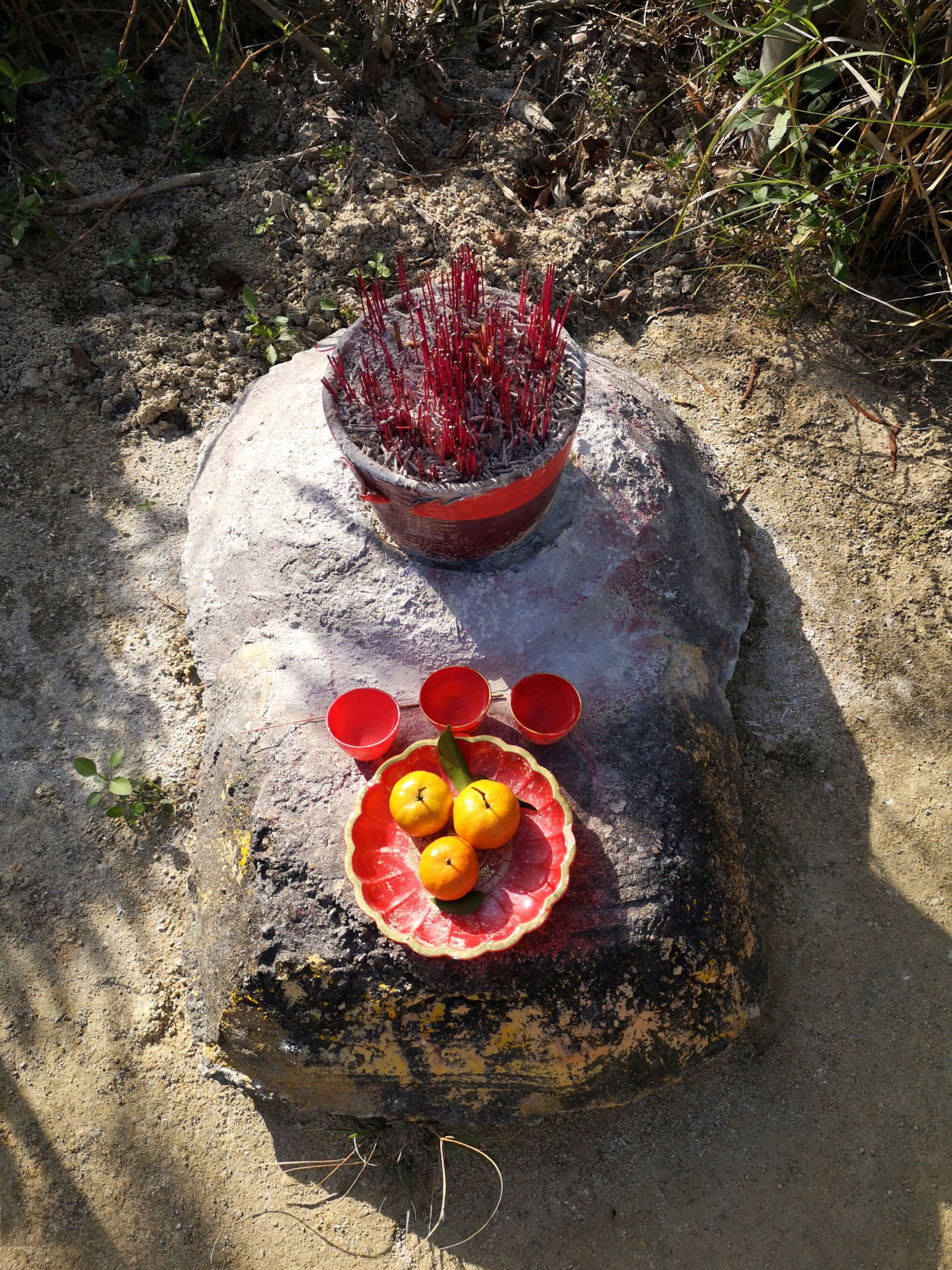Blót and Offerings: Comparing Sacred Giving in Germanic Heathenry
In Germanic Heathenry, acts of giving to the gods, ancestors, and spirits form the core of religious practice. These acts typically fall into two major categories: Blót and Offerings. While often used interchangeably in modern speech, these two forms of sacred gifting have distinct origins, cultural contexts, and ritual purposes. Understanding their similarities and differences not only deepens our connection to the Old Ways, but also helps us engage more meaningfully with the divine and the unseen world.
What Is Blót?

The Old Norse word blót is rooted in the Proto-Germanic blōtaną, meaning "to sacrifice, to worship." In its most literal and ancient usage, blót was a ritualized act of sacrifice—typically involving animals—performed to honor the gods. The essence of blót was the reciprocal exchange: give to the gods so they will give in return. We have several historical sources to support this:
- Tacitus, in his Germania (1st century CE), describes the Germanic tribes as engaging in ritual sacrifices in sacred groves and at tribal sanctuaries. He notes the people’s strong aversion to building temples, indicating a connection to the land and natural spaces.
- Adam of Bremen (11th century) provides a detailed—though often dramatized—account of the grand blóts held at the Temple of Uppsala. He describes mass animal and human sacrifices every nine years, where the blood from offerings was smeared on the temple walls and statues, reinforcing the sacredness of the act.
- Ahmad Ibn Fadlan, in his 10th-century account of the Rus (a Norse-influenced people), describes a form of blót-like ritual where animals (and even humans) are offered to the gods as part of funerary and spiritual practices.
From just these few sources, we can deduce that to the pre-christian Germanic peoples, blót involved the sacrificial blood of animals, and in some cases, humans. We also can come to the understanding that blót was done on fixed times of the year for SURE, and very possibly at times not associated with holy tides.
- Excerpt from Tacitus “Germania” (117 CE/AD) Translation by Robert Sass from Latin “… they (Germanic tribes) assemble on fixed days, either just before the new moon or just after the full moon. This they reckon to be the most auspicious starting-point for transacting business. Indeed, they do not reckon time by days, as we do, but by nights. All their decisions, all their agreements, are made in this way: night is seen as ushering in the day…”
- Lex Saxonum Law 21, 782 AD: 21. "If anyone shall have made a vow at springs or trees or groves, or shall have made any offerings after the manner of the Heathen and shall have partaken of a repast in honor of the demons, if he shall be a noble 60 solidi, if a freeman 30, if a litus 15. If, indeed they have not the means of paying at once, they shall be given into the service of the church until the solidi are paid."
- Adam of Bremen, Deeds of the Bishops of Hamburg, 1073 AD. “For the Saxons worshiped those who were not gods. Among them they venerated Mercury (Uuoden/Odin), who they were to venerate on holy days, even with human sacrifice. They did not think it was appropriate to confine their Gods in Roman temples or mold them in any likeness of human form. They consecrated groves and they venerated ancestral spirits there with reverence. They valued with reverence leafy trees and springs. They worshiped also a stock of wood of no small size, set up in the open. In the native language, it was called “Irminsul” (strong pillar) which in Latin means “universal column,” as it sustains everything. The excerpts about the beginning, the customs, and the religious observances of the Saxons (the Slavs and Swedes still observe their Heathen rites) we have taken from the writings of Einhard.”
What Are Offerings?

Offerings, while often a component of blót, also stand on their own as a less formal, more personal act of devotion or propitiation. Offerings might include food, drink, handmade crafts, coins, or even time and labor. These are placed at altars, grave mounds, sacred trees, or natural sites.
Offerings are deeply rooted in the gift-giving economy—a social and spiritual framework explored in Marcel Mauss’s influential book The Gift. Mauss highlights the concept of do ut des ("I give so that you may give"), which underpins much of Indo-European religious exchange, including Heathen practice.
Offerings are frequent, small acts of reciprocity that help build our relationships with not only the gods and spirits, but with our ancestors. I personally draw a distinction between the more communal, ritualized blót and the individual or household nature of offerings. Where blót requires structure, timing, and preparation, offerings can be spontaneous and personal.
Modern Heathens often leave offerings at sacred trees, indoors on ancestor altars, or at natural bodies of water. These might include:
- Mead or ale poured as a libation
- Pieces of bread or fruit left for land spirits
- Handmade runes or carvings given to honor a deity
There are key similarities between blot and offerings, in my opinion. For example,
- Reciprocity: Both practices are rooted in the idea of gift-for-gift—a sacred cycle of mutual respect and obligation.
- Establishing Relationships: Whether formal or informal, both strengthen ties between humans and the divine, spirits, and ancestors.
- Ritual Context: Both are enhanced by ritual context—spoken words, gestures, and timing matter.
I also maintain there are key differences to traditional Blót and Offerings:
| Features | Blot | Offerings |
| Scale | Often communal or tribal | Often personal or household |
| Formality | Structured, ritualized, seasonal | Informal, flexible, spontaneous |
| Substance | Traditionally animal sacrifice & feast | Food, drink, symbolic gifts / items |
| Location | Sacred Groves | Altars, Sacred Groves, Hofs |
| Frequency | Less frequent (e.g only during holy tides) | More frequent and ongoing |
| Social Role | Often led by a Gothi or Gythia (priest-class) | Conducted by anyone, often in private |
Reclaiming Ancestral Practice Today

In the modern revival of Heathenry, many groups and individuals are choosing to reinterpret blót without literal animal sacrifice, instead replacing it with symbolic feasting, shared mead, or ritual acts that honor the spirit of the ancient practice. The essence of the rite remains: the building of bonds through sacred giving.
Offerings, meanwhile, have become central to many practitioners’ daily and seasonal rhythms. Whether it’s leaving a small bowl of food for the house wight or pouring mead on the earth to thank Thor, offerings help cultivate ongoing spiritual relationships.
Both blót and offerings allow modern Heathens to step back into the ancestral cycle of gift and obligation—not as a transactional religion, but as a sacred bond of respect, reciprocity, and reverence. Blót and offerings are not competing practices but complementary ones. Together, they embody the Germanic worldview where the sacred is relational—maintained through giving, honoring, and remembering. Whether you're standing under the stars with a horn raised high or quietly placing bread beneath a tree, each act of giving ties us to our ancestors, our gods, and the world around us.
Further Reading & Sources
- Germania by Tacitus
- History of the Archbishops of Hamburg-Bremen by Adam of Bremen
- Risala by Ahmad Ibn Fadlan
- Marcel Mauss – The Gift
- Robert Sass (Aldsidu.com) – "Blots done for love of the Gods, outside of the Holidays"
- Terry Gunnell – The Origins of Drama in Scandinavia
- H.R. Ellis Davidson – Gods and Myths of Northern Europe